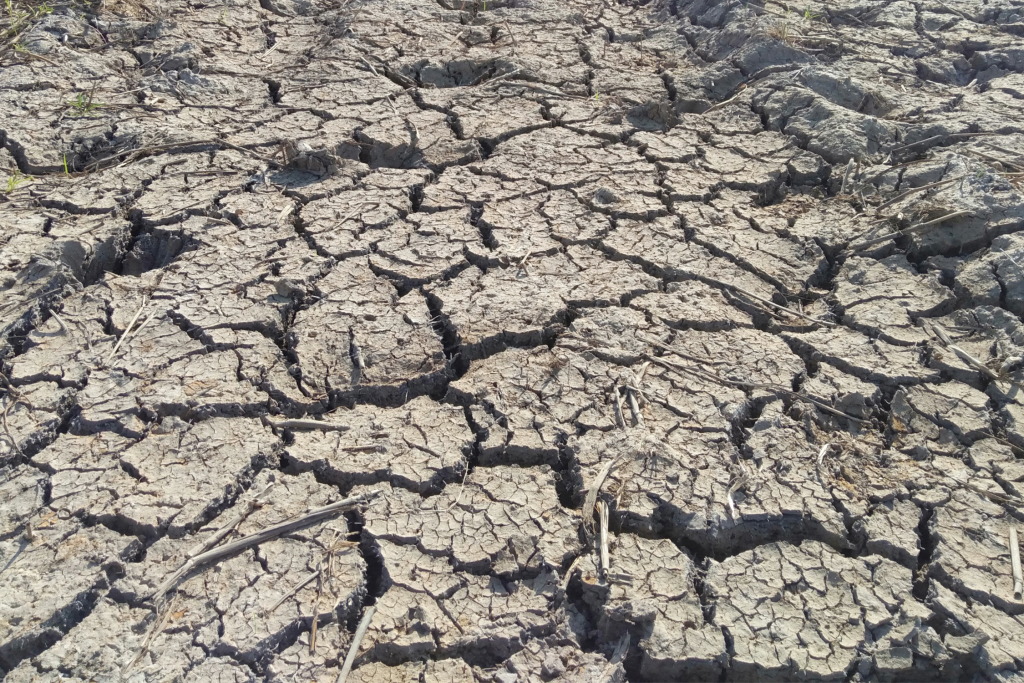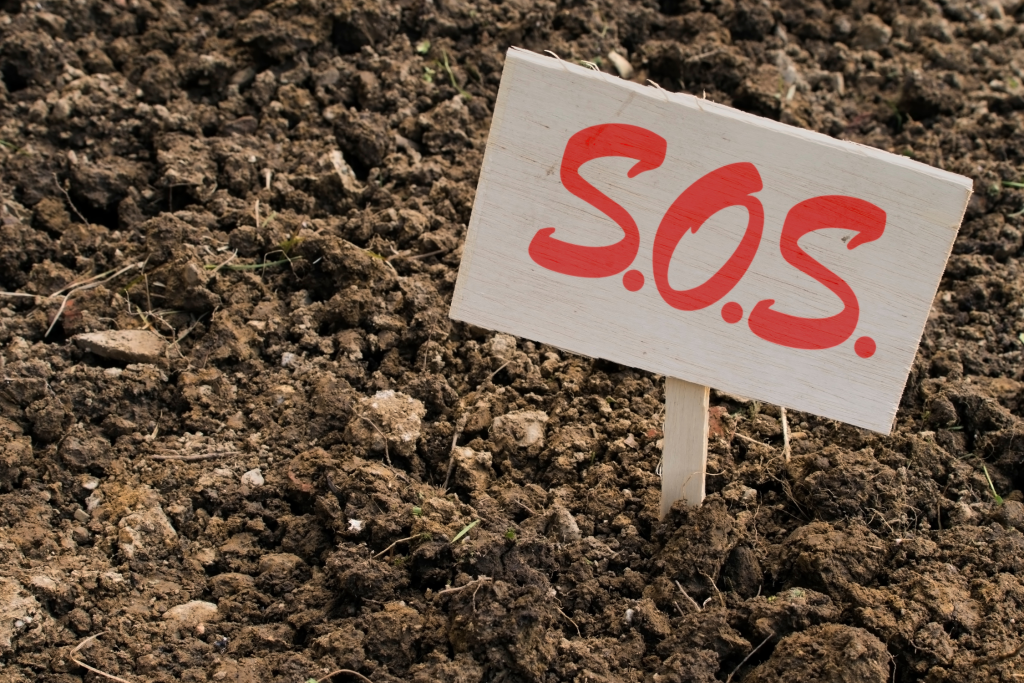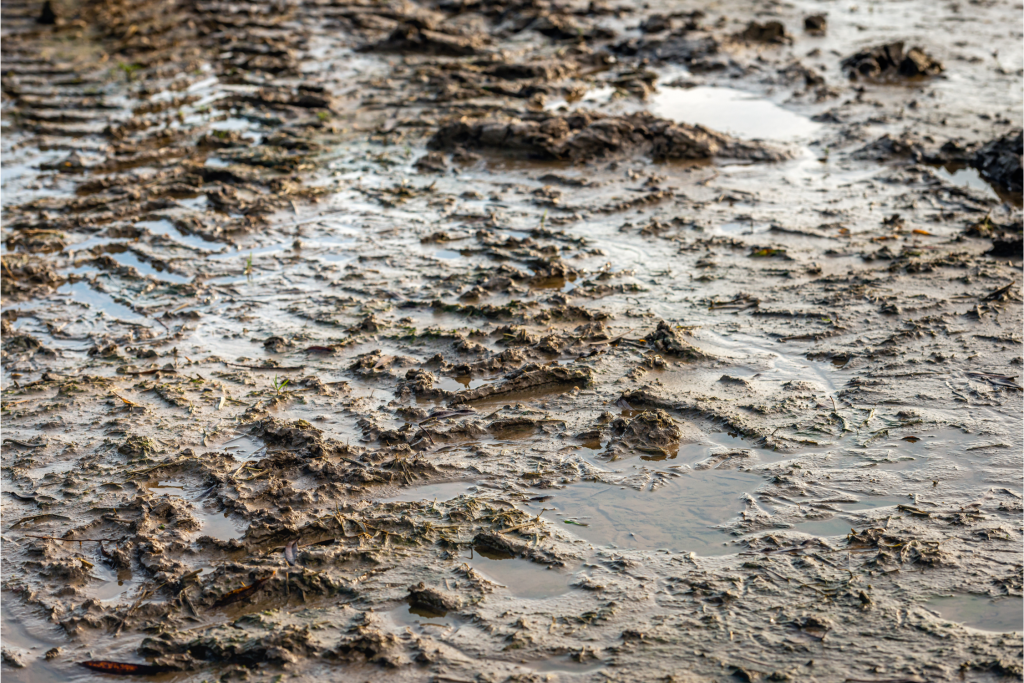
Introduction
Clay soil, known for its fine texture and high nutrient-holding capacity, is both a boon and a bane for gardeners and farmers. While its properties can be challenging to manage, understanding clay soil and learning how to work with it can unlock its full potential. This blog will delve into the characteristics, benefits, and challenges of clay soil, along with practical tips for improving and utilizing it effectively.
Characteristics of Clay Soil
Texture and Composition: Clay soil is composed of very fine particles, smaller than those found in sandy or loamy soils. This dense particle arrangement gives clay soil its distinctive heavy and sticky texture when wet and hard and compact when dry.
Water Retention: One of the notable characteristics of clay soil is its ability to retain water. The fine particles create tiny pores that hold water tightly, which can be both an advantage and a disadvantage.
Nutrient-Rich: Due to its high cation exchange capacity (CEC), clay soil can hold onto essential nutrients like calcium, magnesium, and potassium, making them readily available to plants.
Benefits of Clay Soil
Nutrient Availability: The ability of clay soil to retain nutrients makes it fertile and capable of supporting a wide range of plants. This is particularly beneficial for crops that require a steady supply of nutrients.
Water Retention: In dry climates or during drought conditions, clay soil’s water-holding capacity can be a significant advantage. It ensures that plants have access to water for longer periods compared to sandy soils.
Structural Stability: When managed properly, clay soil can provide a stable and supportive environment for plant roots. Its structure can prevent soil erosion and maintain soil health.
Challenges of Clay Soil

Drainage Issues: While clay soil retains water well, it can also lead to poor drainage and waterlogging. Excess water can suffocate plant roots, leading to root rot and other problems.
Compaction: Clay soil is prone to compaction, especially when worked on while wet. Compaction reduces soil aeration and makes it difficult for roots to penetrate the soil.
Workability: The heavy and sticky nature of wet clay soil makes it challenging to work with. It can be tough to till, plant, or even walk on without proper management techniques.
Improving Clay Soil

Organic Matter: Adding organic matter, such as compost, well-rotted manure, or leaf mold, can significantly improve clay soil. Organic matter helps break up the dense clay particles, enhancing soil structure and drainage.
Mulching: Mulching with organic materials helps retain moisture, regulate soil temperature, and prevent compaction. It also adds organic matter to the soil as it decomposes.
Gypsum: In some cases, adding gypsum can help improve clay soil structure. Gypsum helps to flocculate the clay particles, reducing compaction and improving drainage.
Raised Beds: For areas with persistently problematic clay soil, consider using raised beds. Raised beds provide better drainage and allow you to control the soil composition more effectively.
Cover Crops: Planting cover crops, such as clover or rye, can improve soil structure and add organic matter. These crops help prevent soil erosion and compaction.
Conclusion
Clay soil, with its unique set of characteristics, offers both opportunities and challenges for gardeners and farmers. By understanding its properties and implementing appropriate soil management practices, you can harness the benefits of clay soil while mitigating its drawbacks. Whether you’re growing vegetables, flowers, or maintaining a lawn, working with clay soil requires patience, but the rewards of a healthy, productive garden are well worth the effort.



